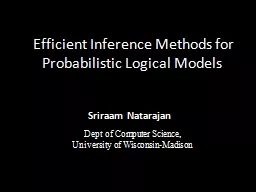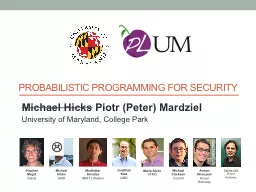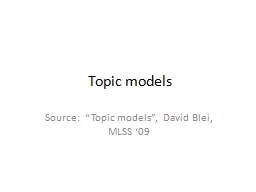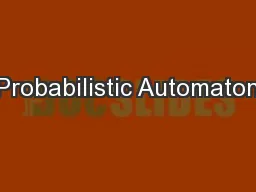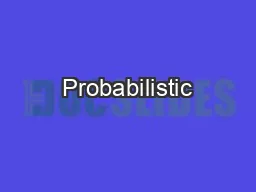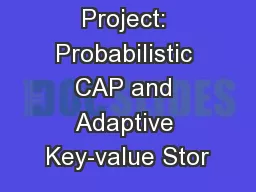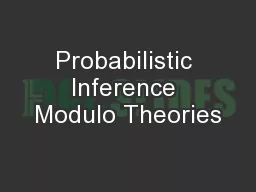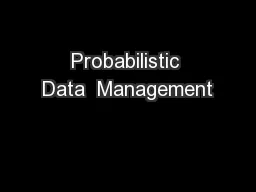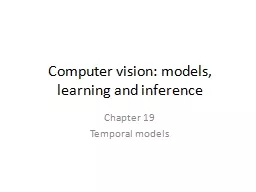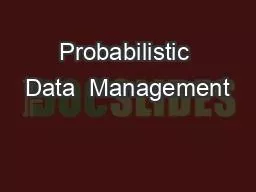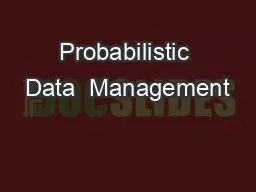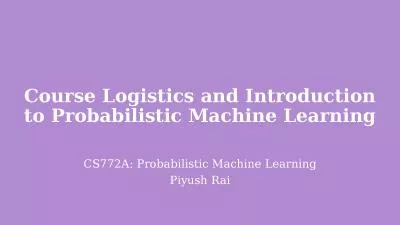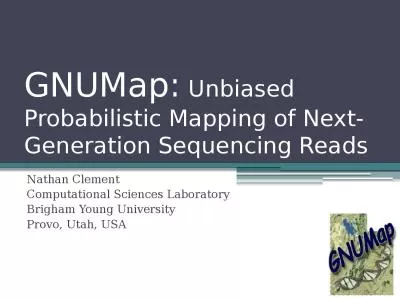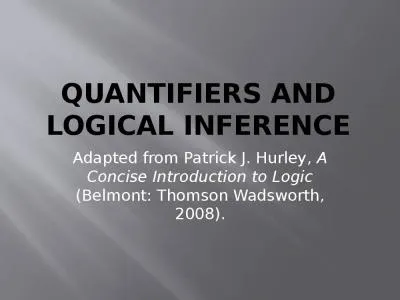PPT-Efficient Inference Methods for Probabilistic Logical Models
Author : tatiana-dople | Published Date : 2018-11-07
Sriraam Natarajan Dept of Computer Science University of WisconsinMadison TakeAway Message Inference in SRL Models is very hard This talk Presents 3 different
Presentation Embed Code
Download Presentation
Download Presentation The PPT/PDF document "Efficient Inference Methods for Probabil..." is the property of its rightful owner. Permission is granted to download and print the materials on this website for personal, non-commercial use only, and to display it on your personal computer provided you do not modify the materials and that you retain all copyright notices contained in the materials. By downloading content from our website, you accept the terms of this agreement.
Efficient Inference Methods for Probabilistic Logical Models: Transcript
Download Rules Of Document
"Efficient Inference Methods for Probabilistic Logical Models"The content belongs to its owner. You may download and print it for personal use, without modification, and keep all copyright notices. By downloading, you agree to these terms.
Related Documents

